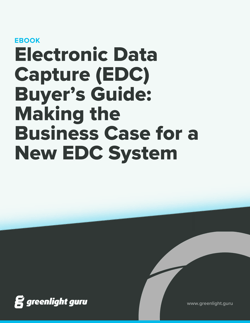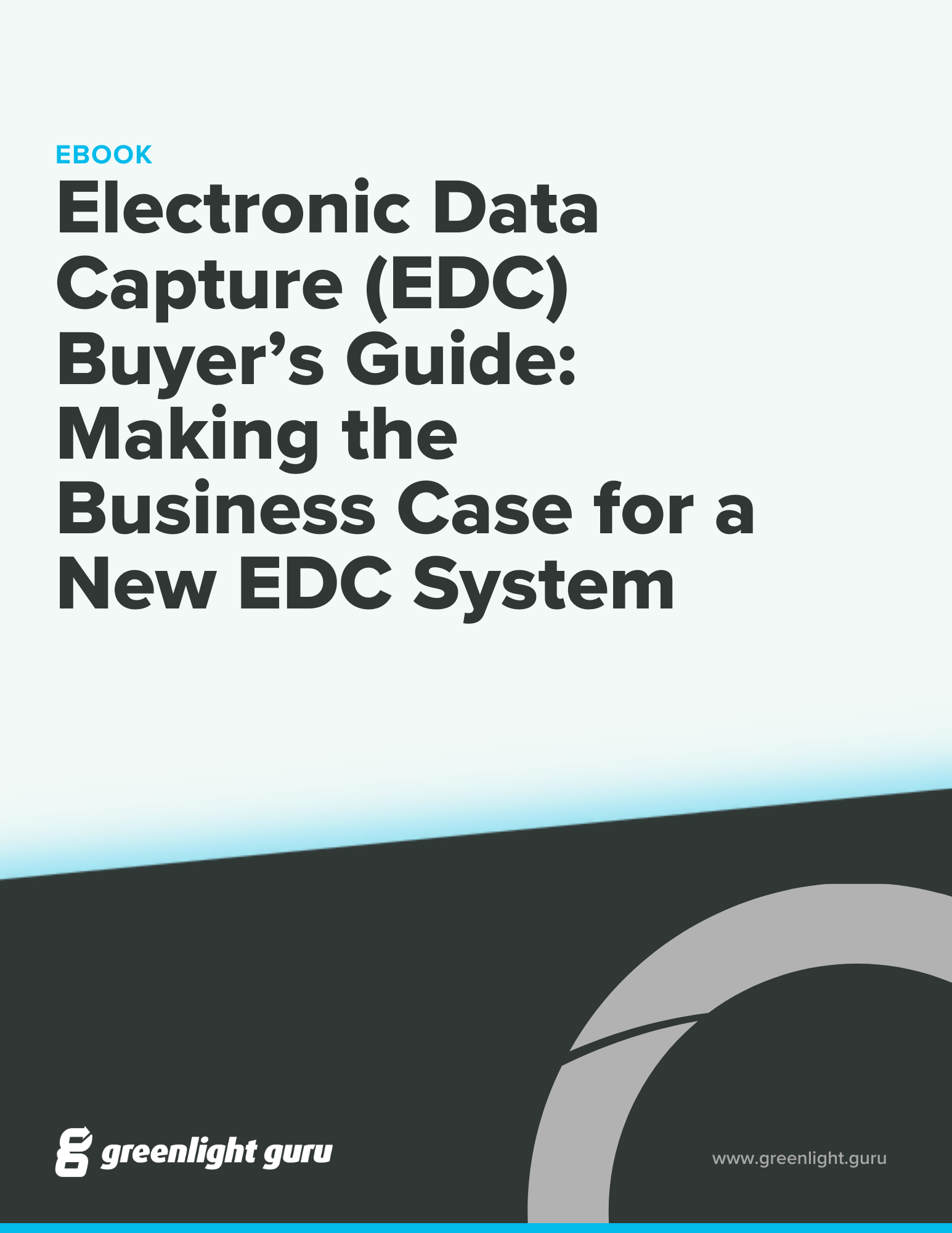Meeting Timelines and Managing Budgets - Best Practices for MedTech Clinical Investigations

If there is one universal truth in MedTech clinical trials, it is that your study will take more time than you allot for it initially. Everyone, and I mean everyone, underestimates the amount of time their clinical studies will take.
Part of this is simply human nature—most of us tend to be optimistic in our estimations of the time it will take us to accomplish something. But the other reason that timelines go long and costs go over budget is that the process of carrying out a clinical trial is susceptible to a number of different delays.
So, let’s get into what causes those delays, why even experienced clinical professionals underestimate them, and what you can do to stick to your timeline and budget.
Clinical timelines face delays throughout the process
Typically, once a manufacturer has concluded they need additional clinical data for a device’s premarket submission, they want to begin collecting that data right away. So, they’re incentivized to be optimistic when it comes to activities like study approval, site selection, and participant enrollment. Then they begin the actual process—and immediately run into delays.
Delays in study approval are normal
Before a sponsor can begin their study, it has to be approved by an ethics committee or institutional review board (IRB). While most manufacturers hope to submit their plan, get the okay, and begin the study fairly quickly, it rarely works out that way. The ethics committee (in the EU) or IRB (in the US) will often have questions about the relevance of certain endpoints or concerns about some elements of the proposed study design.
Whatever the case, there’s often a lengthy back and forth with the committee before the clinical investigation plan gets approved, and that is rarely accounted for in the study timeline.
Approval doesn’t mean the study immediately starts
Even once a study is approved and ready to carry out, there may be more delays waiting for the sponsor. Choosing the study sites and getting them up and running is another task that is not always as simple as it seems. Again, study sites may not have the same sense of urgency as a manufacturer trying to get a product to market. And site staff may need to be trained on the use of the device and/or the electronic data capture (EDC) system the manufacturer chooses for their study.
On top of that, there is still patient enrollment. There’s usually an expectation that a certain percentage (let’s say 15%) of patients who come to the site will agree to participate in the trial. And that expectation is often too high, meaning it takes even longer to enroll the number of participants the sponsor needs for their clinical study. What was supposed to take a month ends up taking three.
Going over timeline means going over budget
The consequences of these delays aren’t limited to a longer clinical trial timeline; you also risk a significant increase in costs. That’s because as you get deeper into your clinical operations, you’ll find that your timeline and your budget are positively correlated.
If you are using a CRO or consultant (as most MedTech companies do) then they’ll be billing you for their time. And as your timeline begins to stretch out into the distance, that means the hours you’re billed for will start to grow as well.
To stay on track, focus on what you absolutely need to get done
My first piece of advice for staying on track with your timeline is simply to assume that the process will take longer than you’d like. Be a little less optimistic, in other words.
My second piece of advice is to simplify the plan for your clinical trial. In other words, when you begin planning your clinical trial, focus on designing a study that gets you the data you absolutely need to get your product to market. If you have three or four different indications for use you want to prove with this study, not only will that slow down the approval process, but it may also slow down the study itself and make data collection more difficult.
In business, we often talk about building a “minimum viable product” or an MVP. When you think about the study you want to carry out, you may find it helpful to think along similar lines. What is the data you need to collect, at minimum, for your device to get to market? Whatever your answer is, that’s what your study should be built to obtain.
You can always go back and explore more indications for use once the device is on the market and you start getting feedback from clinicians on how they are using the device. But you do need to get it on the market to make that happen. So, get clarity on what data you need for your submission—and then make sure your study is designed to collect that data, rather than several other nice-to-have or irrelevant endpoints.
Explore new technology and use it to reduce timelines and costs
My last piece of advice is to stay open to using new technology and methods for your clinical operations. There’s a tremendous amount of innovation happening in this space right now that can reduce some of these delays. For example, we may soon be seeing patient recruitment that happens digitally, away from the study site, as a method for finding participants and shortening timelines.
Even increasing the efficiency of the tools you’re using for data collection and management can pay dividends. Many people still insist that we have to use paper forms because older patients don’t use new technology, but the reality is that even the elderly population has smartphones now. A modern, easy-to-use system will require less time for training site staff and potentially result in higher form completion rates from your participants.
If you are using a CRO, they may have an EDC system they are most comfortable using, but you are allowed to advocate for and choose the EDC system that you think is best.
Keep your timelines on track with Greenlight Guru Clinical
You may also notice that an easy-to-use EDC system speeds up the time you spend designing your study.
For instance, the intuitive design of Greenlight Guru Clinical lets you build a study in minutes, and even copy and paste forms and entire studies to reduce the manual burden of study building. And built-in compliance with the FDA, EU MDR, and ISO 14155:2020 requirements means you can spend less time and money worrying about regulatory compliance—letting you stay focused on your study.
At the end of the day, staying within timelines requires a relentless focus on the data you absolutely need to obtain paired with the technology that is purpose-built for your study’s needs. If you’re ready to see what that looks like, get your free demo of Greenlight Guru Clinical today→.
Chris is a biomedical engineer and has been in the medical device space for about 13 years. He spent a number of years managing clinical studies for Class III devices in Pivotal studies, PMA studies, and post-market registries. He is currently working as a Solutions Engineer at Greenlight Guru where he showcases the...
Read More
5 Dos and Don'ts when Choosing a QMS Solution for Your Medical Device Company
Best QMS Software: Ultimate Guide to Comparing Quality Management System Solutions
11 Questions to Ask QMS Software Vendors in the Medical Device Industry
Get your free eBook PDF
Electronic Data Capture (EDC) Buyer’s Guide: Making the Business Case for a New EDC System











